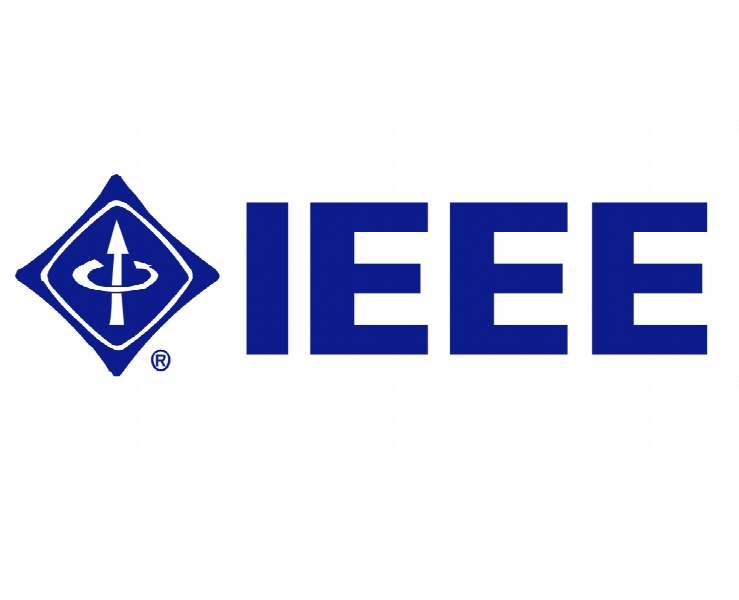شهر های هوشمند بر پایه ی اینترنت اشیا: چالش ها و پیشرفت های اخیر Internet-of-Things-Based Smart Cities: Recent Advances and Challenges
- نوع فایل : کتاب
- زبان : انگلیسی
- ناشر : IEEE
- چاپ و سال / کشور: 2018
توضیحات
رشته های مرتبط مهندسی فناوری اطلاعات، معماری، شهرسازی
گرایش های مرتبط اینترنت و شبکه های گسترده، طراحی شهری
مجله ارتباطات – IEEE Communications Magazine
دانشگاه University of Bremen
منتشر شده در نشریه IEEE
گرایش های مرتبط اینترنت و شبکه های گسترده، طراحی شهری
مجله ارتباطات – IEEE Communications Magazine
دانشگاه University of Bremen
منتشر شده در نشریه IEEE
Description
Introduction The Internet of Things (IoT) is a revolutionary communication paradigm that aims to bring forth an invisible and innovative framework to connect a plethora of digital devices with the Internet. Thus, it intends to make the Internet more immersive and pervasive [1]. The emerging IoT market is continously gaining momentum as operators, vendors, manufacturers, and enterprises begin to recognize the opportunities it offers. According to the latest IDC forecast,1 the worldwide IoT market will reach US$1.7 trillion in 2020 up from US$655.8 billion in 2014 with a compound annual growth rate of 16.9 percent. The devices alone are expected to represent 31.8 percent of the total worldwide IoT market in 2020. This greater percentage of the revenue in 2020 is expected through building IoT platforms, application softwares, and service-related offerings. A smart city is a complex ecosystem characterized by the intensive use of information and communications technologies (ICT), aiming to make cities more attractive and more sustainable, and unique places for innovation and entrepreneurship [2]. The major stakeholders include application developers, service providers, citizens, government and public service providers, the research community, and platform developers. Furthermore, the smart city cycle consists of numerous ICT technologies, development platforms, maintenance, and sustainability, apps for evolving citizens, and technical, social, as well as economic key performance indicators (KPIs). Consequently, IoT systems will play a fundamental role in the deployment of large-scale heterogeneous infrastructures. A high-level illustration of an IoT-based smart city is given in Fig. 1. IoT-based smart city applications can be categorized on the basis of network type, scalability, coverage, flexibility, heterogeneity, repeatability, and end-user involvements [3]. In general, these applications can be grouped into personal and home, utilities, mobile, and enterprises. For instance, personal and home applications include ubiquitous e-healthcare services to live independently via body area networks (BANs), which help doctors monitor patients remotely. Utilities applications include smart grid, smart metering/ monitoring, water network monitoring, and video-based surveillance. Similarly, mobile applications include intelligent transportation system (ITS) and logistics, traffic management, congestion control, and waste management. Additionally, IoTbased enterprise applications usually consist of a network of things within a work environment.


